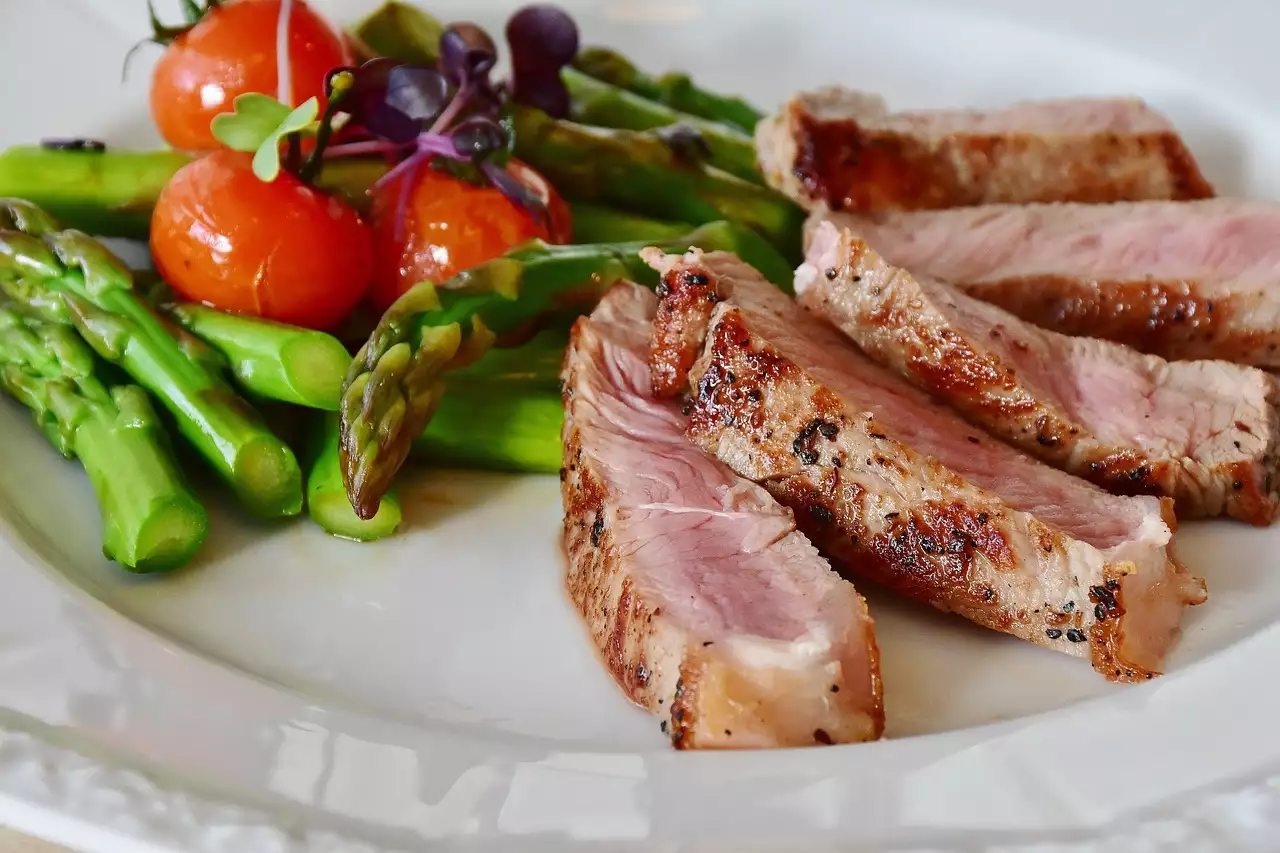The art of flavor: traditional Portuguese dishes to try
Journeying through the country is not only about experiencing the culture and history, but also about immersing yourself in the diversity of the local cuisine. Portugal, which cherishes its culinary traditions, offers a unique flavor experience worth experiencing.

The specialties of the cuisine
Portuguese cuisine is characterized by its diversity and splendid flavor combinations.
The variety of seafood. Thanks to its waterfront location, Lisbon's cuisine is rich in a variety of fresh seafood, which is a key element in many appetizers.
The use of olive oil. Olive oil is an essential part of many dishes, giving them''sophisticated flavor and aroma.
Traditional spices and herbs. Aromatic spices and fresh herbs such as pepper, basil and parsley are key ingredients that add Portuguese flavor to dishes.
The preference for fresh produce. The kitchen values freshness and quality of produce. Seasonal fruits, vegetables and herbs always find their place on the Portuguese table.
Diving into the cuisine of this country means not only enjoying the flavors, but also discovering a wonderful world of tradition, passion and unique culinary techniques.
Baked cod bacalhau
Baked cod bacalhau is an exquisite traditional Portuguese dish,'''embodying the characteristic features of the national cuisine. This appetizer, prepared with love and attention to detail, amazes with the combination of tender cod meat and aromatic seasonings.
The preparation begins with the processing of dried cod, previously soaked in water to remove excess salt. The fish is then delicately baked in the oven with olive oil, garlic, parsley and lemon juice. These ingredients create a subtle bouquet of flavors, enriching the cod with unique notes.
Baked cod bacalhau is often served with potatoes and onions, creating a harmonious combination of flavors. The dish not only satisfies hunger, but also immerses you in the atmosphere of an authentic Portuguese meal.
Grilled cod bacalhau'.
Grilled fish is a true gastronomic experience that reflects the traditional skills of the chefs. This dish is simple in execution but rich in flavor and aroma.
When choosing fresh fish, local varieties such as dorado, sardine or sea bass are preferred. The fish is seasoned with olive oil, lemon juice, garlic and fresh herbs, giving it a bright flavor and aroma.
The grill becomes a key element in the cooking process, giving the fish its characteristic smoky hue and pleasant crispness. This cooking method preserves the natural flavors of the fish, making each piece juicy and aromatic.
Grilled fish often''Served with lemon and fresh green herbs, which gives the appetizer a refreshing and light touch.
Feijoada
The process of preparing feijoada requires care and patience. The meat is slowly braised in a sauce of tomatoes, onions, garlic and olive oil until the flavors are fully saturated. The addition of chili, paprika and bay leaf gives the appetizer a spicy and flavorful taste.
Feijoada is not just a dish, it is an entire tradition. It is often served with rice, creating a balanced combination of flavors and textures.
Kaldu verde is a flavorful soup that represents the freshness and tradition of the local cuisine.
8 October 2024
9 October 2024
9 October 2024
8 October 2024
The cooking process begins with the fact that cabbage is carefully chopped and cooked together with potatoes until soft. Then the vegetables are finely chopped with a blender, giving the soup a thick texture. The addition of chorizo sausage, garlic, olive oil and herbs gives the dish a rich taste and aroma.
G Beef tripe guts
G Beef tripe guts is a delicious dish, which is a unique embodiment of tradition and sophistication in the preparation of meat snacks. It is prepared from beef intestines, which are thoroughly cleaned, washed and boiled until soft.
The cooking process requires attention to detail. The cooked intestines are cut into pieces and fried with various spices,'with onions and garlic. This gives the appetizer an extraordinary aroma and rich flavor.
Pastries Pasteur de Nata
Pastries Pasteur de Nata are a magnificent creation of the pastry workshop, which has become an integral part of the sweet tradition of this country. These desserts are delicate puff pastry cakes filled with a refined cream of eggs, condensed milk and vanilla.
The process of making Pasteur de Nata requires care and skill. The shortcake dough is rolled out until thin, creating a light and crispy base. The cream is prepared with fresh eggs, which adds a unique softness and richness of flavor to the dessert.
The cakes are baked to a golden crust and then sprinkled with''brown sugar, which forms a characteristic caramel crust.
The Azores, washed by the Atlantic waves, offer a unique culinary tradition that is unlike any other.
Seafood and fish. Due to the islands' maritime location, seafood and fish play an important role in Azorean cuisine. Caldera, a soup with fish and seafood, is a popular dish.
Goat cheese. The Azores are famous for their goat cheese. One of the most famous varieties, Queijo São Jorge, has a rich flavor and is often used in local snacks.
Traditional treats. Koisheishada,''Traditional meat stew, is a popular dish prepared using various meats, vegetables and spices.
Ananas. The Azores are known for their pineapples. Local farmers grow them in unique conditions and the pineapples of the Azores are used in various snacks and even in drinks.
When you immerse yourself in the world of Portuguese gastronomy, you realize that every dish is a reflection of the traditions, culture and passion of this amazing country. The diversity of flavors, aromas and traditions makes Portuguese cuisine truly unique. Discover the art of taste in every bit of Portugal's traditional appetizers and let yourself enjoy a true culinary experience.
Comment
Popular Posts
8 October 2024
158
9 October 2024
824
9 October 2024
145
8 October 2024
124
Popular Offers

Subscribe to the newsletter from Hatamatata.com!
Subscribe to the newsletter from Hatamatata.com!
I agree to the processing of personal data and confidentiality rules of Hatamatata














